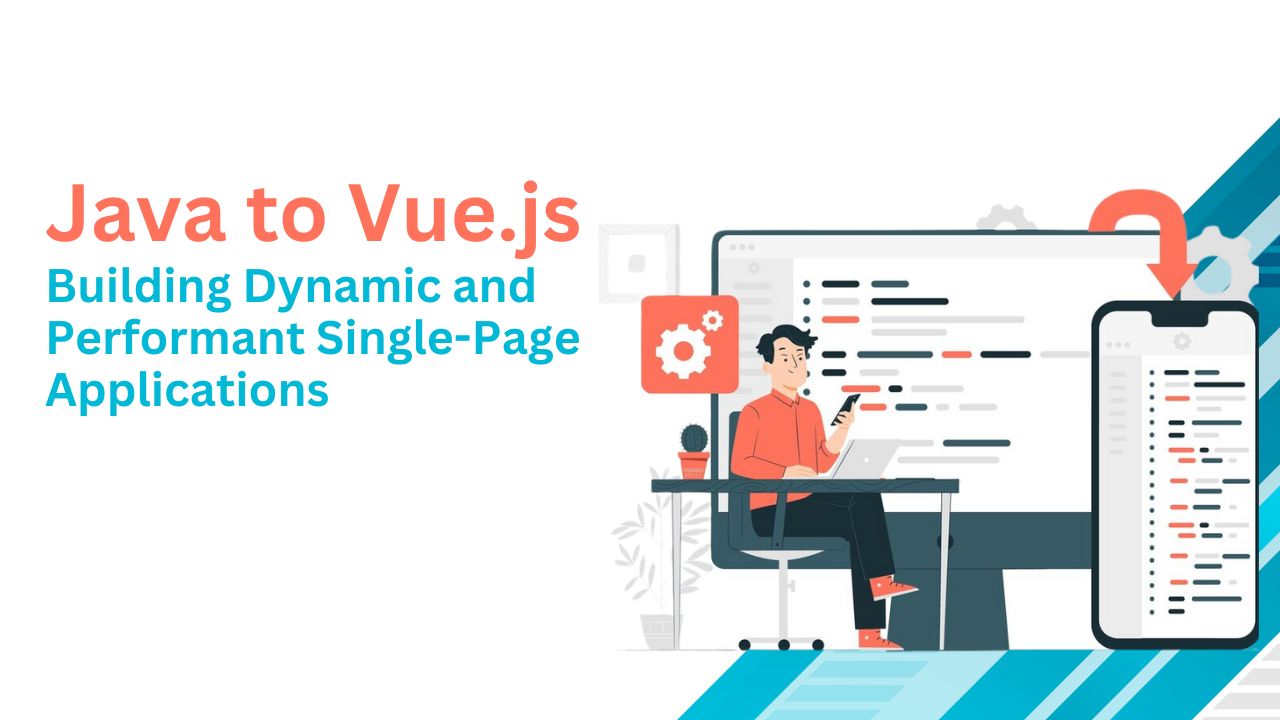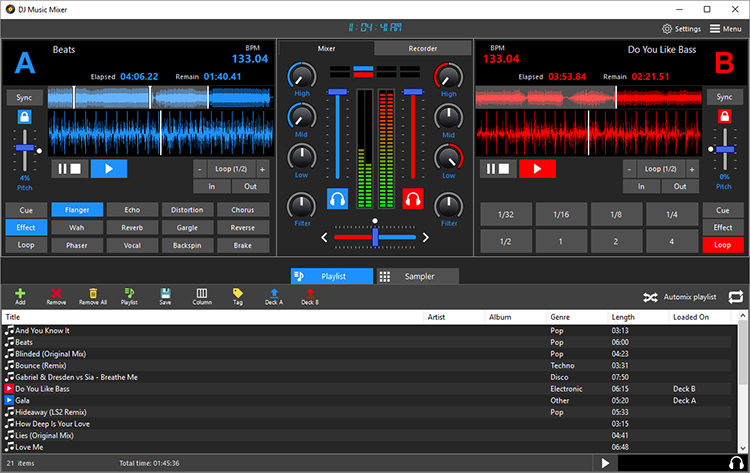The web development landscape is constantly evolving. While Java has long been a mainstay for enterprise applications, the rise of Single-Page Applications (SPAs) presents a compelling alternative for building user-centric, dynamic web experiences. This article explores the transition from Java to Vue.js, a popular JavaScript framework ideal for crafting SPAs. We’ll discuss the advantages of Vue.js for SPAs, key considerations for Java developers, and steps to take when migrating existing projects.
Why Vue.js for Single-Page Applications?
SPAs offer a seamless user experience by loading a single HTML page and dynamically updating content without full page reloads. Vue.js excels in building SPAs due to several key strengths:
- Simplicity and Ease of Use: Vue.js boasts a clean, intuitive syntax with a gentle learning curve. Java developers with experience in object-oriented programming will find Vue.js concepts familiar. This ease of use allows developers to focus on application logic rather than wrestling with complex framework intricacies.
- Component-Based Architecture: Vue.js applications are built from reusable components, promoting code organization and maintainability. Components encapsulate functionality and presentation logic, making them easy to understand, test, and reuse across the application. This modular approach aligns well with object-oriented principles familiar to Java developers.
- Two-Way Data Binding: Vue.js offers a powerful two-way data binding mechanism that automatically synchronizes data between the view (HTML) and the model (JavaScript objects). This simplifies data management in SPAs, as changes in the UI automatically reflect in the underlying data, and vice versa.
- Performance and Scalability: Vue.js is known for its lightweight nature and virtual DOM (Document Object Model) implementation. The virtual DOM allows Vue.js to efficiently update the real DOM only when necessary, resulting in smooth and responsive user interfaces. This focus on performance is crucial for SPAs, which rely on seamless user interactions.
- Large and Active Community: Vue.js benefits from a vibrant and supportive community. Extensive documentation, tutorials, and a wealth of third-party libraries provide valuable resources for Java developers transitioning to Vue.js.
Example: Imagine a Java web application for a social media platform. Migrating the front end to Vue.js allows for a more dynamic user experience. Users can like, comment, and share posts without a full page reload, creating a more engaging and responsive platform.
Considerations for Java Developers
While Vue.js offers significant advantages for SPAs, Java developers transitioning to this framework should be aware of some key considerations:
- JavaScript Expertise: While basic JavaScript knowledge is sufficient for many Java applications, building SPAs with Vue.js requires a deeper understanding of JavaScript concepts like functions, objects, closures, and asynchronous programming. Many online resources and tutorials can help Java developers bridge this knowledge gap.
- Frontend Development Ecosystem: Java developers are accustomed to robust Java development tools and IDEs. The frontend development ecosystem offers various tools and libraries, but the experience may differ from the Java world. Exploring popular code editors like Visual Studio Code and learning frontend build tools like Webpack will be beneficial.
- Integration with Java Backend: SPAs often communicate with backend APIs for data access and manipulation. Java developers can leverage existing Java backend services and establish communication channels between the Vue.js frontend and the Java backend using technologies like RESTful APIs or web sockets.
Example: A Java developer transitioning to Vue.js can leverage existing Java user authentication logic on the backend. The Vue.js frontend would then interact with the Java backend API for user login, registration, and profile management.
Must Read: JavaScript Or Ruby On Rails: A Comprehensive Comparison Of Frameworks
Migrating Existing Java Projects
Migrating an entire Java application to a Vue.js SPA might not be the most practical approach. However, specific functionalities within a Java application can benefit from a Vue.js rewrite. Here are some steps to consider:
- Identify Suitable Components: Evaluate the application and identify sections that would be well-suited for a component-based, dynamic approach. User interfaces with frequent updates or interactive elements are prime candidates for Vue.js integration.
- Gradual Integration: Start by migrating smaller, isolated components to Vue.js. This allows developers to gain experience with Vue.js while minimizing risks to the existing application. Gradually integrate additional components as confidence and expertise grow.
- API Communication Strategy: Establish a clear communication strategy between the Vue.js frontend and the Java backend. RESTful APIs are a popular choice for data exchange, allowing for clean separation of concerns and independent scaling of frontend and backend components.
Example: A Java e-commerce application could migrate the product listing page to Vue.js. This allows for dynamic filtering and sorting of products without full page reloads, improving user experience. The Java backend would continue to handle core functionalities like shopping cart management and order processing, communicating with the Vue.js frontend via RESTful APIs.
Conclusion: A Strategic Approach to Modern SPAs
Vue.js offers a compelling solution for building dynamic and performant SPAs. Java developers with an understanding of JavaScript fundamentals can leverage Vue.js to create user-centric web experiences. A strategic approach that considers existing Java codebases and prioritizes gradual integration can pave the way for a successful migration. For complex projects, consider partnering with a Hire Vue.js consultant to guide the migration process and ensure a smooth transition.
Benefits of a Hybrid Approach:
- Leverages existing Java expertise and backend logic.
- Modernizes the front end for a more engaging user experience.
- Enables gradual migration, minimizing risks and disruptions.
- Promotes code reusability and maintainability.
Remember: Outsourcing Java development for non-critical functionalities can free up resources for in-house developers to focus on learning Vue.js and spearheading the migration effort. By combining the strengths of Java and Vue.js, developers can create robust and performant web applications that cater to the evolving needs of modern users.
Frequently Asked Questions (FAQ)
1. Is a complete rewrite from Java to Vue.js necessary?
In most cases, a complete rewrite is not necessary. Identify specific functionalities within your Java application that would benefit from a Vue.js SPA approach and migrate those sections gradually.
2. What are the biggest challenges Java developers face when learning Vue.js?
Bridging the gap in JavaScript knowledge, particularly in areas like asynchronous programming, is a key challenge. Additionally, adapting to the frontend development ecosystem with its different tools and libraries requires some adjustment.
3. How can I ensure a smooth integration between the Vue.js frontend and the Java backend?
RESTful APIs offer a clean separation of concerns and allow for independent scaling of frontend and backend components. Define a clear communication strategy using APIs to ensure seamless data exchange.
4. What are the benefits of a hybrid Java and Vue.js approach?
This approach leverages existing Java expertise and backend logic while modernizing the front end for a more engaging user experience. It promotes gradual migration, code reusability, and maintainability.
5. Where can I find resources to help with the transition?
The Vue.js community is vibrant and offers extensive documentation, tutorials, and online courses. Consider partnering with a Hire Vue.js consultant for complex projects to gain guidance and expertise.


